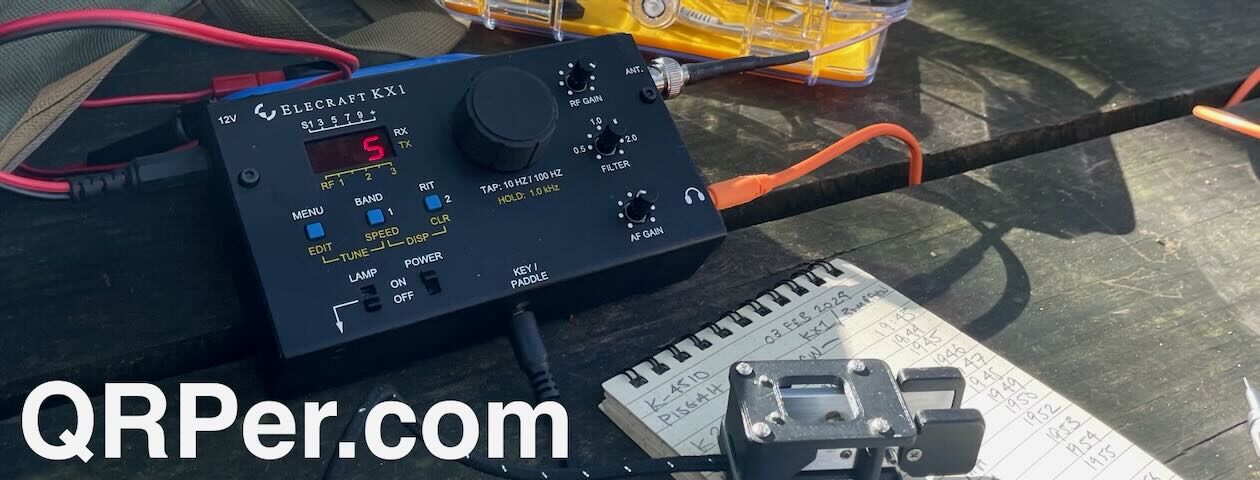Many thanks to Teri (KO4WFP) for the following guest post:
Was the Third Time the Charm at Cape Breton Highlands National Park (VE-0013)?
by Teri (KO4WFP)
If you read my previous articles, you know my family and I went to Nova Scotia for a week. You also know that my first two attempts at activating parks in Canada did not go well. At the Halifax Citadel National Historic Site (VE-4841), I was sidelined by weather and site issues. At the Alexander Graham Bell National Historic Site (VE-4826), extremely poor band conditions and site issues prevented a successful activation. But those who know me well, also know I do not give up easily.
The morning of Friday, June 30th, my family and I headed to Cape Breton Highlands National Park (VE-0013) which occupies 950 kilometers of Cape Breton Island. One-third of the Cabot Trail, a world-famous scenic highway, runs through the park. Talk about amazing scenery! The highway runs along a shoreline reminiscent of the rugged California coast, then moves upward and inland on top of the highlands, a wild landscape with scrubby firs and moose crossing signs, and then descends back toward the coastline with steep ravines and valleys off the side of the road.
We arrived at the Cheticamp park entrance a little before 11 AM. Looking around the information center parking lot, I spied a tree and nearby picnic table perfect for my activation. This arrangement would allow me to watch for people who might walk toward my antennas and provide the use of a table to which I was more accustomed.
I immediately set about picking out a branch (located in the upper part of the photo below) and pulled out my arborist line and weight. Though I know I am not, I am beginning to feel like a pro putting antennas up in trees. I snagged the branch for which I was aiming on my first try. Hooyah!
One thing I have not learned yet is to accurately judge how much distance I need between my tree and my station. My antenna had too much slack so I hiked it up a bit higher in the tree and moved the picnic table about 5 feet. Continue reading KO4WFP: Was the Third Time the Charm at Cape Breton National Park (VE-0013)?




















































